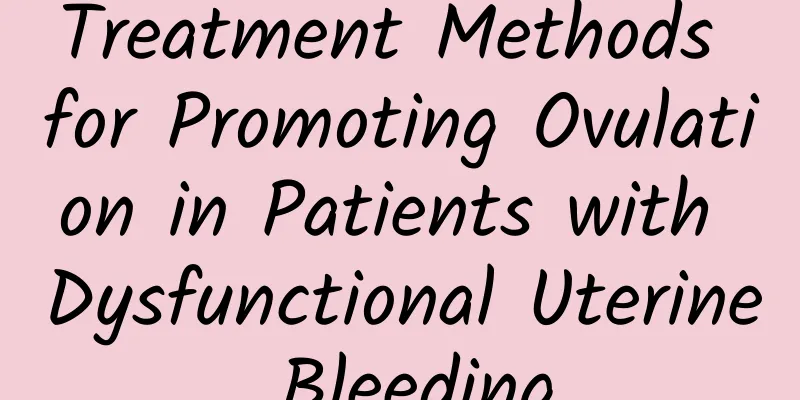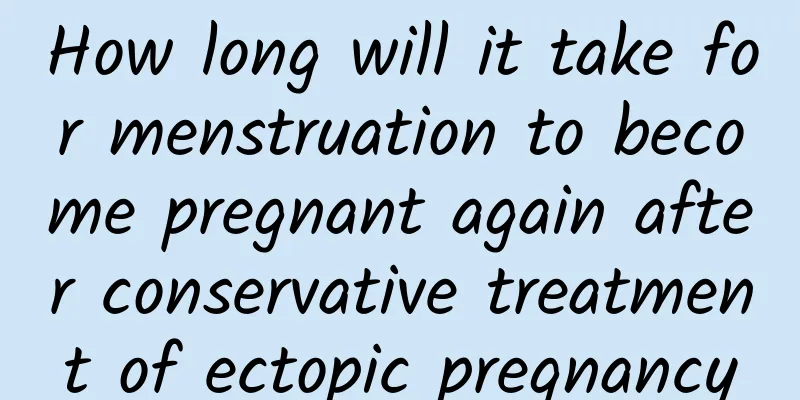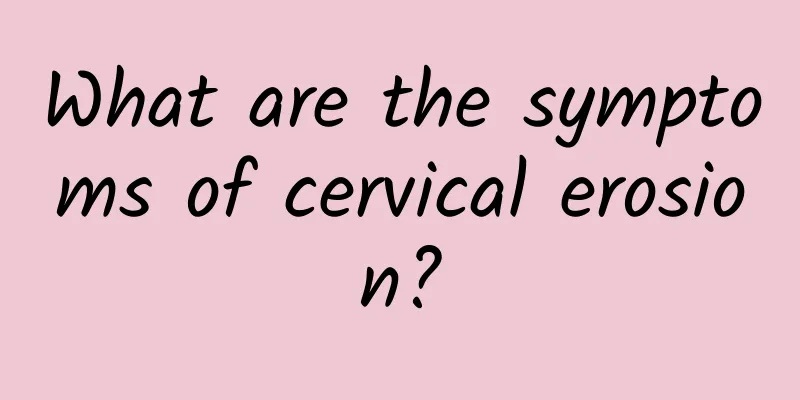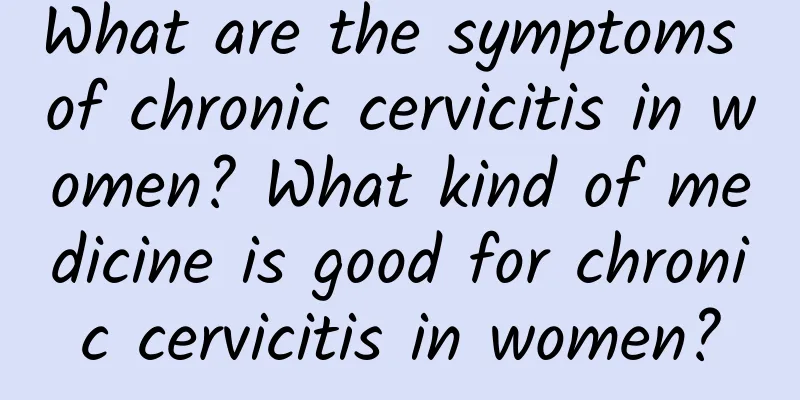Treatment Methods for Promoting Ovulation in Patients with Dysfunctional Uterine Bleeding

|
The treatment of patients with functional uterine bleeding cannot simply stop bleeding. Restoring or establishing normal ovulation and menstruation is the basis for treating anovulatory functional uterine bleeding. After stopping bleeding, ovulation promotion treatment should be carried out. Different patients should adopt corresponding treatment methods according to their condition and requirements. Manual cycle To simulate the hormonal changes of a normal menstrual cycle, estrogen is used first, followed by progesterone. After stopping the medication, the endometrial shedding and bleeding stops, and then the medication is repeated for 3 to 5 consecutive cycles. After stopping treatment, measure the basal body temperature. If it is biphasic, it means ovulation has occurred and treatment can be stopped. If it is monophasic, progesterone is used again for 7 to 10 days/month. This therapy is suitable for young girls and girls whose sexual characteristics have not yet matured. After treatment, some children can establish an ovulation cycle. Progestin therapy When there is no spontaneous menstruation after artificial cycle treatment and the basal body temperature is monophasic, progesterone is used for 7 to 10 days/month, repeated for 3 to 5 months, and a few girls may have ovulation and menstruation. This method is suitable for older girls with well-developed sexual characteristics. Using ovulation-stimulating drugs In theory, ovulation-inducing drugs are a fundamental solution to anovulatory functional uterine bleeding, but these drugs are all replacement therapies that release hormones and menopausal gonadotropins from the gonads. They are effective during treatment, but return to their original state after stopping the drug. If the patient cannot adhere to artificial cycle treatment, or the condition is more stubborn, clomiphene can be used to promote ovulation. Clomiphene is a synthetic ovulation-inducing drug. 50 mg is taken daily for 5 days in the early menstrual cycle. Ovulation occurs 5 to 10 days later. The ovulation success rate in adult women is 80%. If it is ineffective, increase the dose monthly to 200 mg per day. |
<<: Local treatment methods for vulvar leukoplakia
>>: What to do if there is a suction leak during abortion
Recommend
What are the symptoms of acute adnexitis?
Acute adnexitis is a common disease, and patients...
Can I get pregnant if I have cervical erosion of degree 2?
Among gynecological diseases, there are many very...
Experts introduce important nursing measures for cervicitis
It is understood that one of the main reasons for...
Why does cervicitis lead to infertility? 4 must-check items for diagnosing cervicitis
Cervicitis is usually diagnosed through secretion...
How to take care of yourself after ectopic pregnancy surgery?
How to take care of yourself after ectopic pregna...
Ovarian cyst malignancy risk
The chance of ovarian cysts becoming malignant is...
Experts teach female friends how to prevent cervicitis
With the increasing incidence of cervicitis, the ...
Three major types of ovarian cyst patients
Ovarian cyst patients can be divided into physiol...
What are the menstrual symptoms of premenopausal women?
Women start menstruating during puberty, around t...
Beware of pelvic inflammatory disease if you have back pain during menstruation
Pelvic inflammatory disease is quite common in da...
What are the specific treatments for vulvar leukoplakia?
What are the specific treatments for vulvar leuko...
Is second degree cervical erosion serious?
Second degree cervical erosion is generally not s...
Banana is not a fruit, "this ingredient" helps you lose weight! Dr. Liu Boen: Bananas contain 5 benefits of resistant starch
Bananas are happy food. They can not only relieve...
Note: Common principles for treating acute pelvic inflammatory disease
Acute pelvic inflammatory disease is very harmful...
What are the dietary taboos for uterine fibroids? Can uterine fibroids eat spicy food?
Since uterine fibroids are mainly formed by the p...









